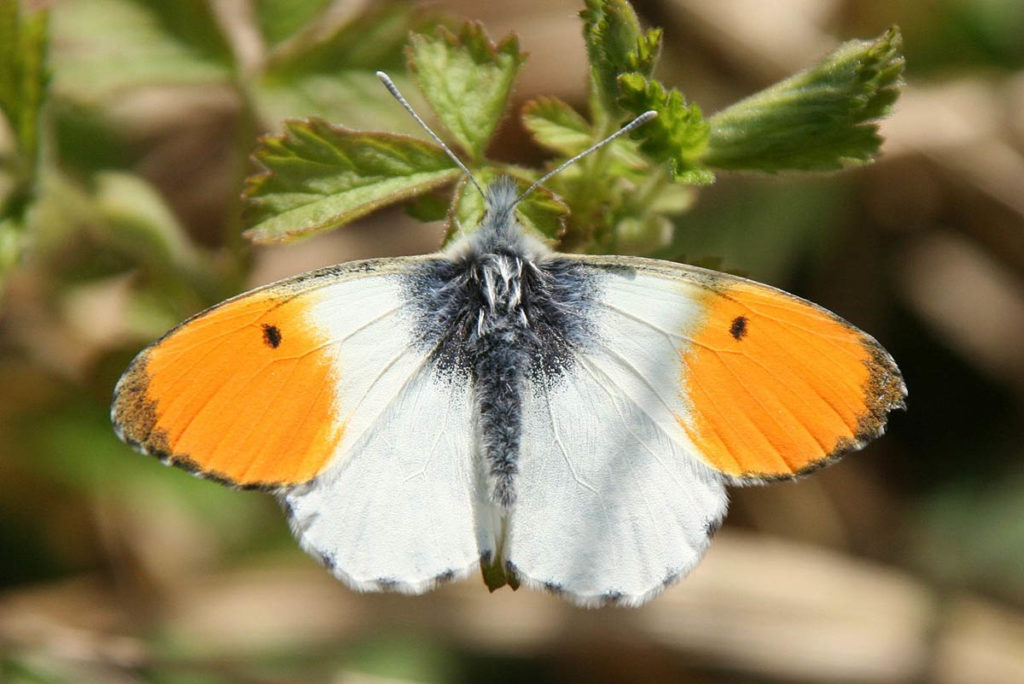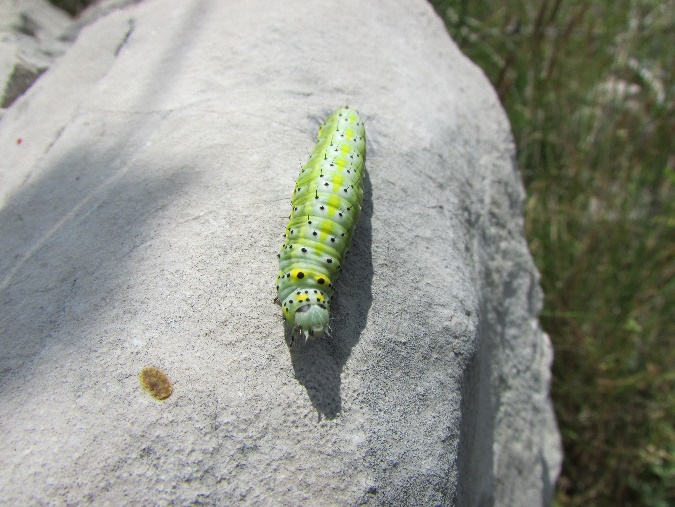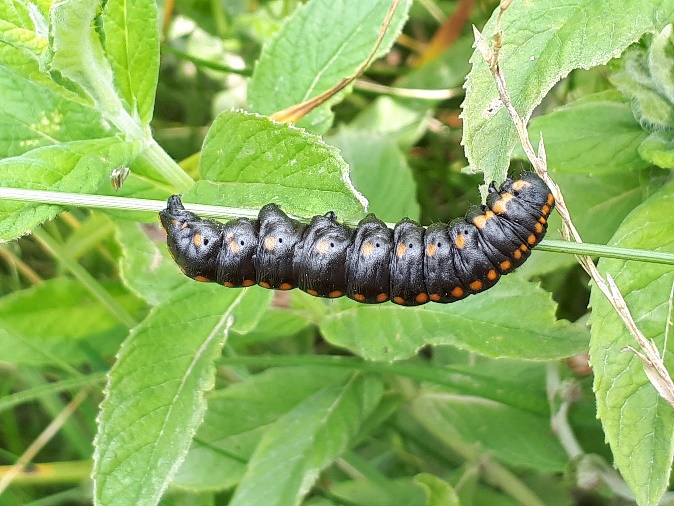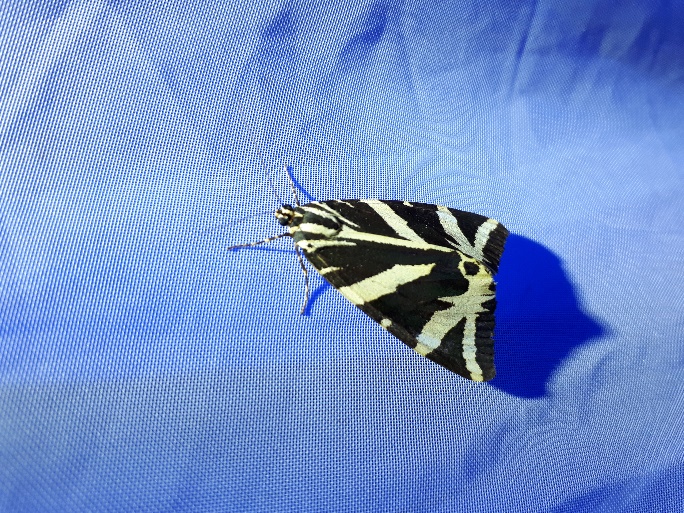Insects are the only group of invertebrates capable of true flight. Butterflies are the most researched, the most interesting and, according to many, the most beautiful order of insects. By time of activity, they are divided into diurnal and nocturnal species. From an evolutionary point of view, nocturnal species developed first, and they are predominant to this day, comprising many more different species than their diurnal counterparts. Around 100 million years ago, diurnal species evolved due to the more intensive development of flowering plants. Since the dawn of time, butterflies have occupied human imagination, inspired myths and intrigued researchers. Due to the colourfulness of their wings, diurnal species have always been more interesting and attractive to researchers than nocturnal species.
About 200 diurnal species and about 3,000 nocturnal species are known in Croatia. About 90 diurnal species have so far been identified in the area of the Plitvice Lakes National Park. Nocturnal species have never been systematically researched, and so far only about 350 species have been recorded, but it is to be assumed that their number is much higher.
Their life cycle, based on holometabolism or complete metamorphosis, determines their biological and ecological features. The female lays fertilised eggs on the oviposition plant (the plant on which she lays her eggs), which will most often also serve as the larva’s host plant. The larva feeds and grows on it (the larva stage is the only stage in a butterfly’s life during which it grows). After the larva stage comes the pupa stage. This is the stage in which the most intensive changes take place, as during this time the larva’s body changes completely and an adult butterfly with wings develops, ushering in the breeding stage. Adult butterflies do not grow, they often do not feed, and they live from a few hours to a few months (depending on the species), but they all have in common that they reproduce and lay eggs at this stage, in order to continue the life cycle and enable the survival of the species. The butterfly wings are covered with tiny flattened hairs that have the shape of scales, arranged on the wings like roof tiles. The pigments in the scales or their structural colouration give colour to butterflies.
Due to their lifestyle and fragility, butterflies spend the winter in a state of dormancy. They overwinter either in the form of eggs, or as a larva, pupa or imago.
Already towards the end of winter, when the meadows and forests of the Park start becoming a little warmer, we can see the butterflies that spent their winter in the imago stage: the common brimstone (Gonepteryx rhamni), the comma (Polygonia c-album) and the European peacock (Aglais io). But the true harbinger of spring is the orange tip (Anthocharis cardamines). The orange tip overwinters in the pupa stage and only when it warms up very well does this butterfly emerge from the pupa, and we can consider this event the beginning of spring.

The Park area is also home to three species of the genus Phengaris, commonly known as the “large blues”: the Alcon blue (Phengaris alcon alcon), the mountain Alcon blue (Phengaris alcon rebeli) and the large blue (Phengaris arion). All three species are rare and their existence is threatened by the disappearance of their habitats and inadequate human activities.
The marsh fritillary (Euphydryas aurinia) and the Spanish Flag (Euplagia quadripunctaria) (nocturnal species) inhabit the Park and are among the Natura 2000 species.
Due to the richness and diversity of habitats, numerous other species of diurnal butterflies are also present in the Park. The scarce swallowtail (Iphiclides podalirius) and the Old World swallowtail (Papilio machaon) stand out with their size and beauty, and the red admiral (Vanessa atalanta) with its colourful wings. Don’t be surprised if the painted lady (Vanessa cardui, a migrant butterfly coming from North Africa) lands on the fruit you are holding in your hands. On the Park’s meadows, one can spot members of the Pieridae family: the black-veined white (Aporia crataegi) and the cabbage white (Pieris brassicae) (the latter one used to be considered a pest, but today is an endangered species due to the extensive use of insecticides). There are also numerous species that have “eyes” on their wings, i.e. circular markings in the form of eyes that deter potential predators, and they are known as the satyrines.

This interesting and colourful world constantly keeps changing due to human activity. It is necessary for us to get to know it in order to be able to preserve it.





